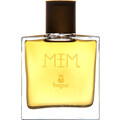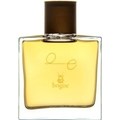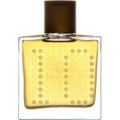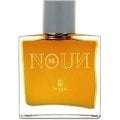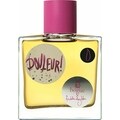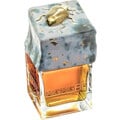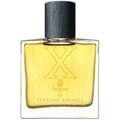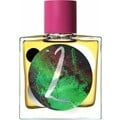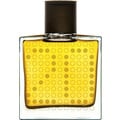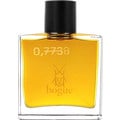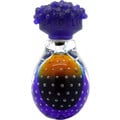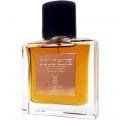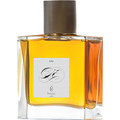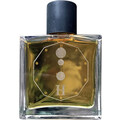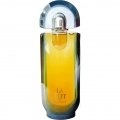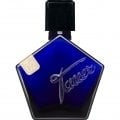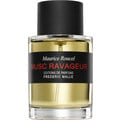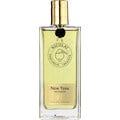02/26/2021

Susan
59 Reviews
Translated
Show original

Susan
Top Review
48
I am MAAI.....
.....auch
Rarely have I wrestled with a fragrance as much as I have with MAAI......
Not because I didn't like individual aspects....on the contrary.....I think everything about MAAI is just great.....
The wrestling took place on a much deeper level. A darker one. MAAI is the mirror of my libidinal, animalistic and uninhibited personality parts.
I am MAAI.....when I fight...
I am MAAI.....when I give myself sweatily and lustfully to love....
I am MAAI.....when I am belligerent....
I am MAAI.....when I go beyond my limits.....
I am MAAI.....in all those moments when I break free of rules, expectations and limitations......be they self-imposed or socially enforced......
MAAI is the primordial woman....the "woman" par excellence.....
MAAI is Lilith....not Eve
MAAI is naked, fierce, warlike....and at the same time gentle and vulnerable.....
Choosing MAAI requires the unreserved acknowledgement of one's own urges.......it is reminiscent of C. G. Jung's "Night Sea Journeys"....an "Anima" and "Shadow".....an symbols and archetypes.....
But now enough of the psycho-philosophical considerations ;-)..... we come...
....zum scent
MAAI is first and foremost a chypre....and an animalic one at that.......opening with an almost explosive intensity of animalic notes and dark green succulent moss.......especially at this point in the fragrance's development, a wonderful oldschool vibe dominates.......letzter being flanked by abstract florals and pearly bubbling aldehydes......
As the fragrance progresses, it becomes butterier, softer and more cuddly......without sacrificing density and depth......the sharp animalism of the opening has clearly receded, but remains ever present......thick musk and a fine leather note finally form the foundation.......
MAAI is for me an absolutely timeless fragrance of outstanding quality......a fragrance that stands out in the jungle of wildly proliferating new releases like a single rose from a sea of goutweed......
Rarely have I wrestled with a fragrance as much as I have with MAAI......
Not because I didn't like individual aspects....on the contrary.....I think everything about MAAI is just great.....
The wrestling took place on a much deeper level. A darker one. MAAI is the mirror of my libidinal, animalistic and uninhibited personality parts.
I am MAAI.....when I fight...
I am MAAI.....when I give myself sweatily and lustfully to love....
I am MAAI.....when I am belligerent....
I am MAAI.....when I go beyond my limits.....
I am MAAI.....in all those moments when I break free of rules, expectations and limitations......be they self-imposed or socially enforced......
MAAI is the primordial woman....the "woman" par excellence.....
MAAI is Lilith....not Eve
MAAI is naked, fierce, warlike....and at the same time gentle and vulnerable.....
Choosing MAAI requires the unreserved acknowledgement of one's own urges.......it is reminiscent of C. G. Jung's "Night Sea Journeys"....an "Anima" and "Shadow".....an symbols and archetypes.....
But now enough of the psycho-philosophical considerations ;-)..... we come...
....zum scent
MAAI is first and foremost a chypre....and an animalic one at that.......opening with an almost explosive intensity of animalic notes and dark green succulent moss.......especially at this point in the fragrance's development, a wonderful oldschool vibe dominates.......letzter being flanked by abstract florals and pearly bubbling aldehydes......
As the fragrance progresses, it becomes butterier, softer and more cuddly......without sacrificing density and depth......the sharp animalism of the opening has clearly receded, but remains ever present......thick musk and a fine leather note finally form the foundation.......
MAAI is for me an absolutely timeless fragrance of outstanding quality......a fragrance that stands out in the jungle of wildly proliferating new releases like a single rose from a sea of goutweed......
30 Comments

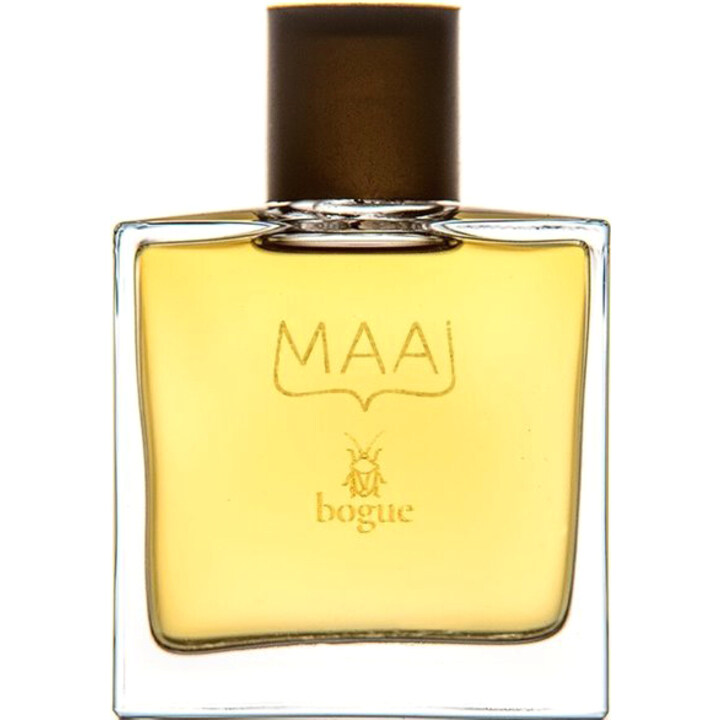


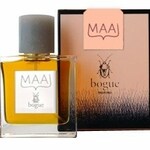




















 JoaoMartins
JoaoMartins Kusya
Kusya Aarseth
Aarseth Aziyade
Aziyade BertolucciK
BertolucciK